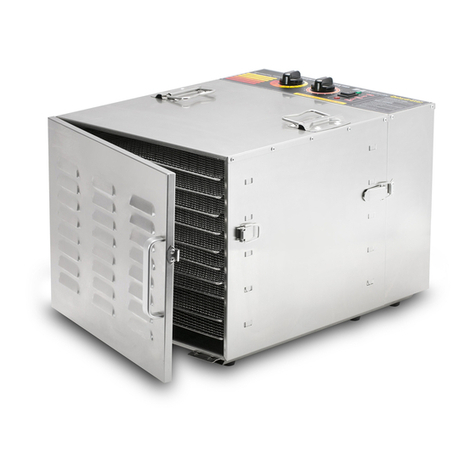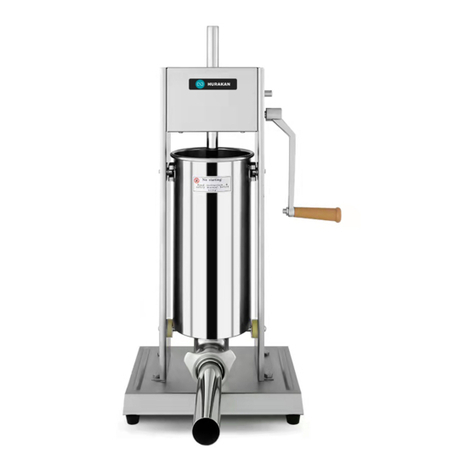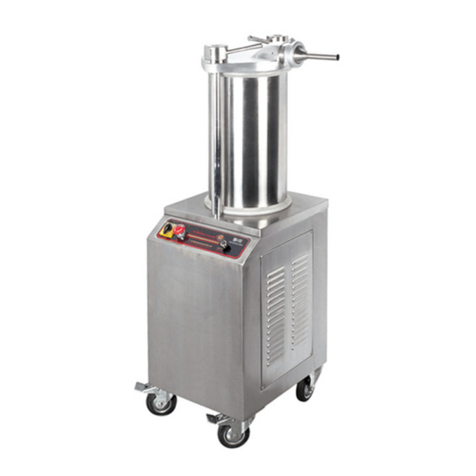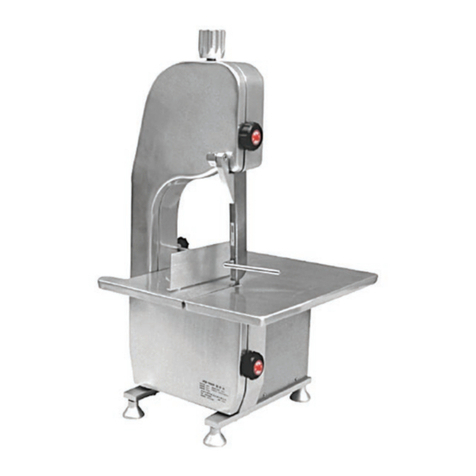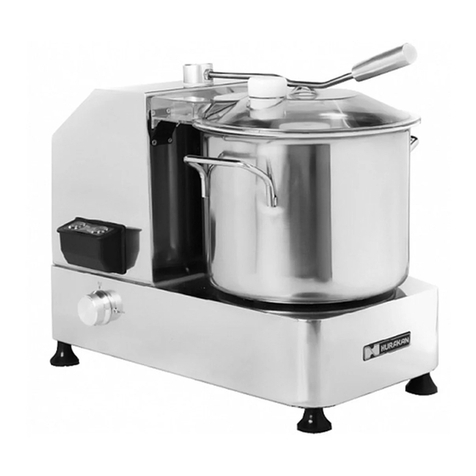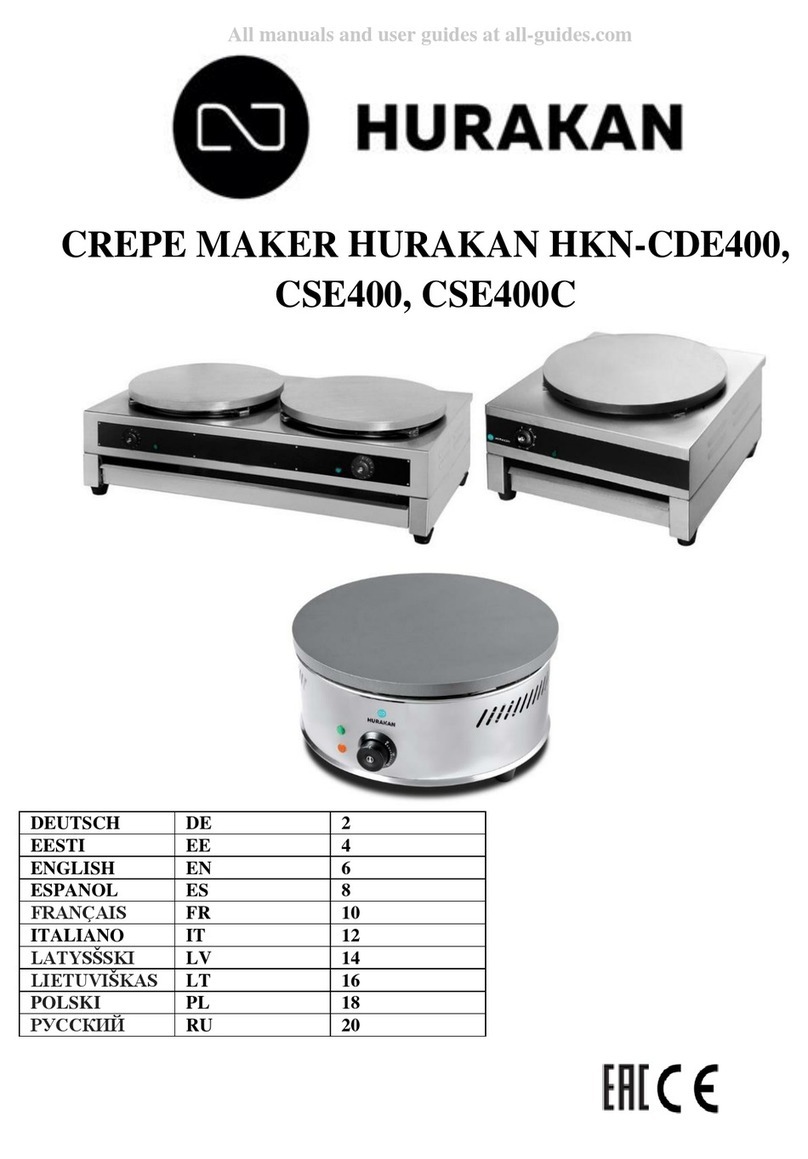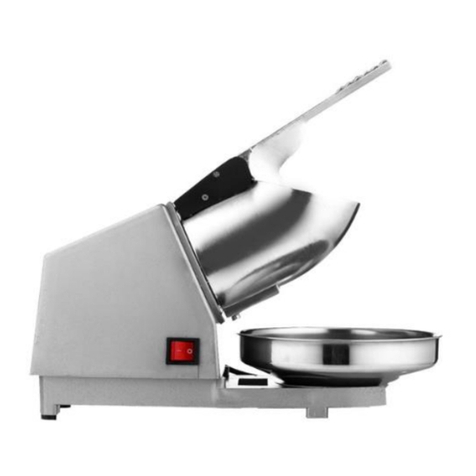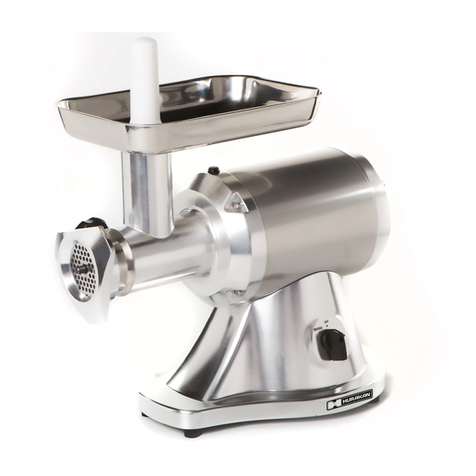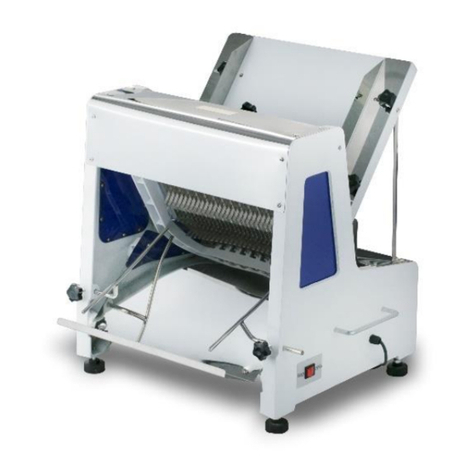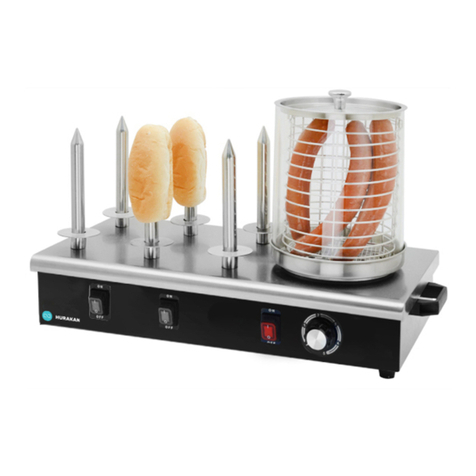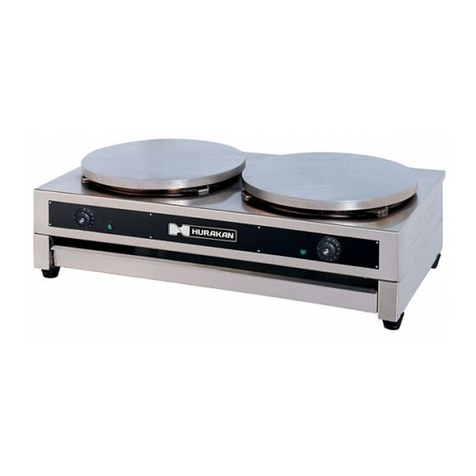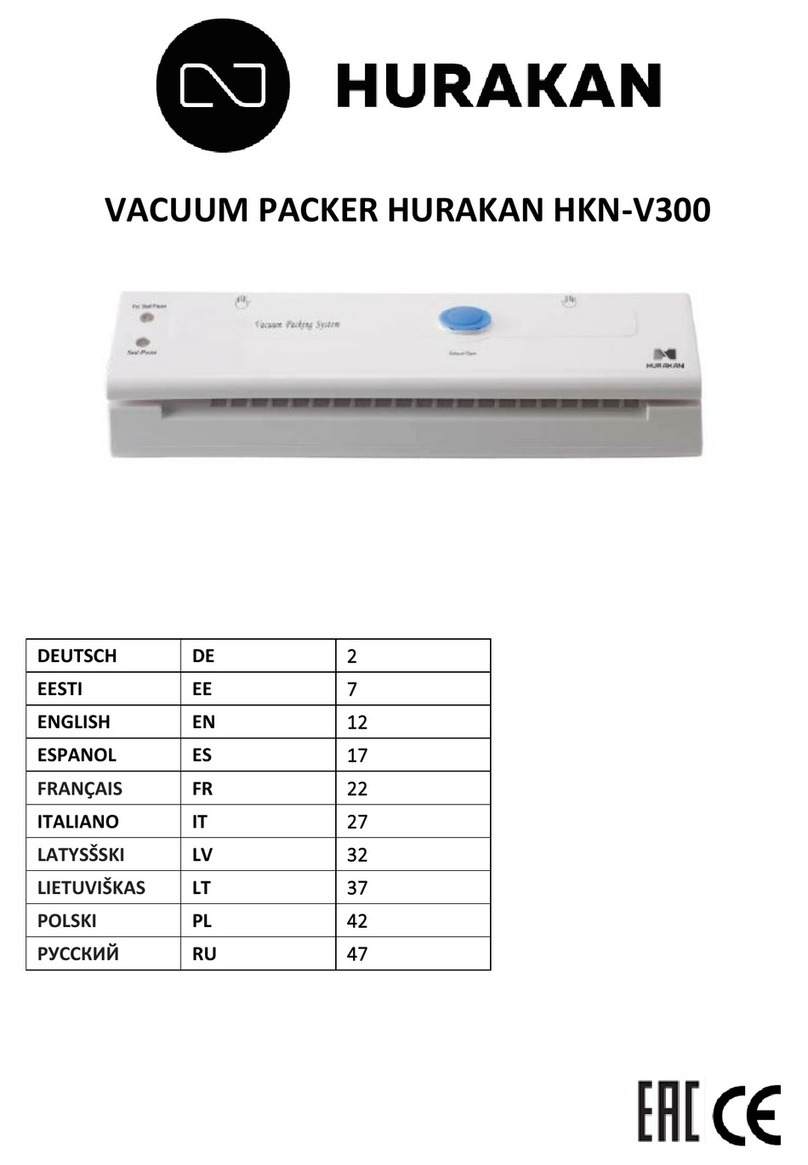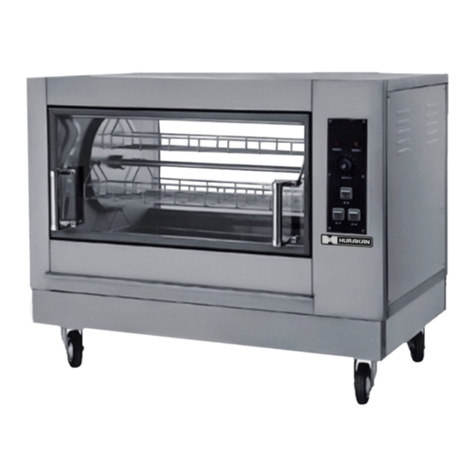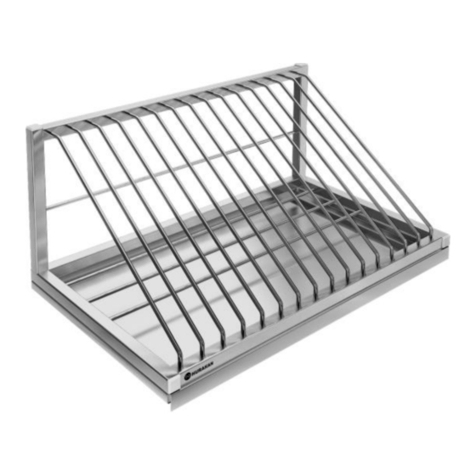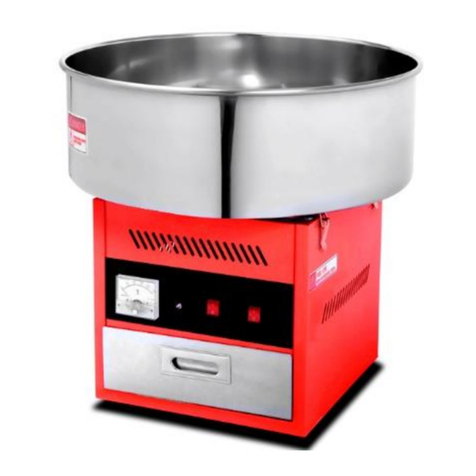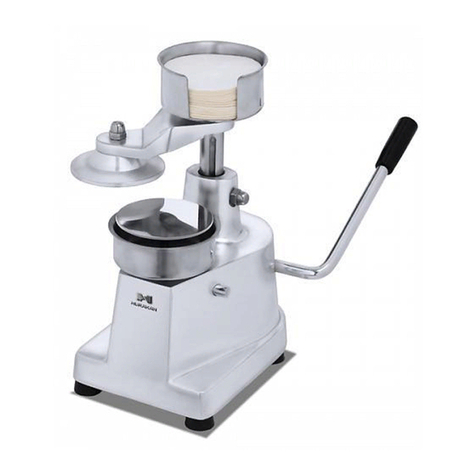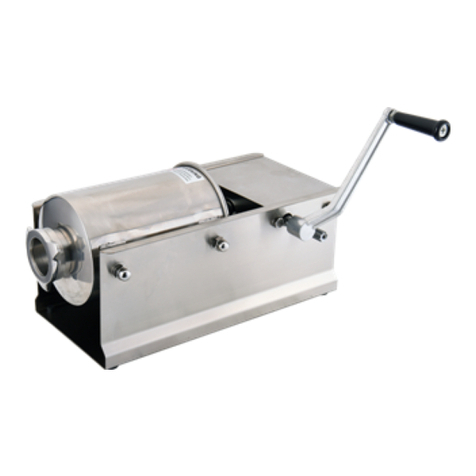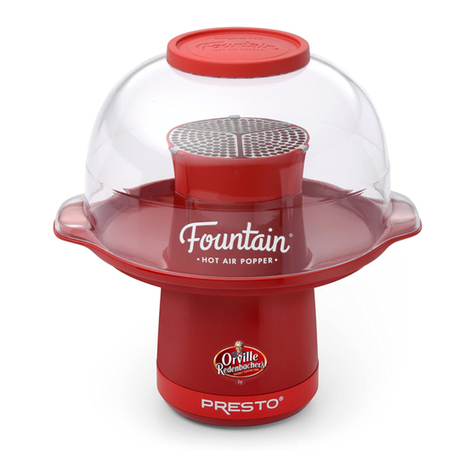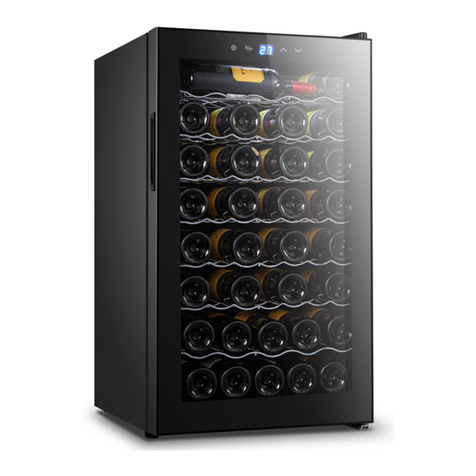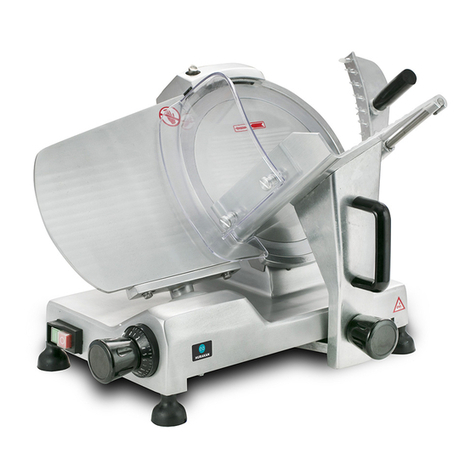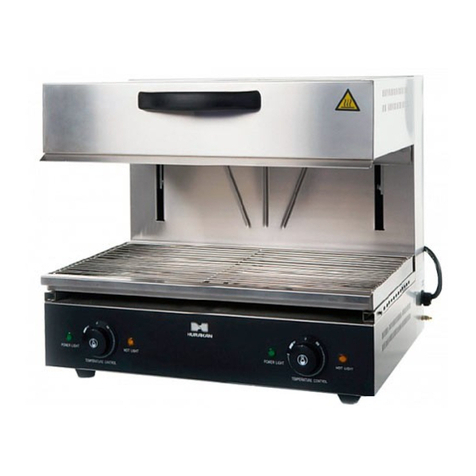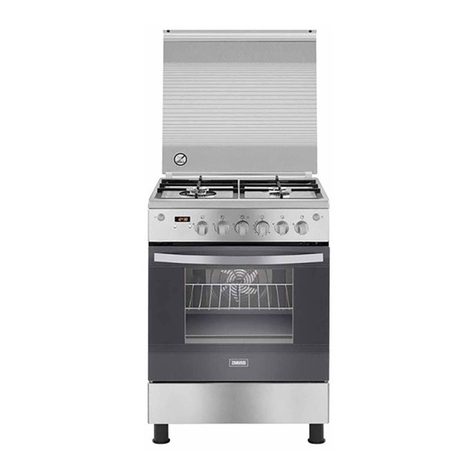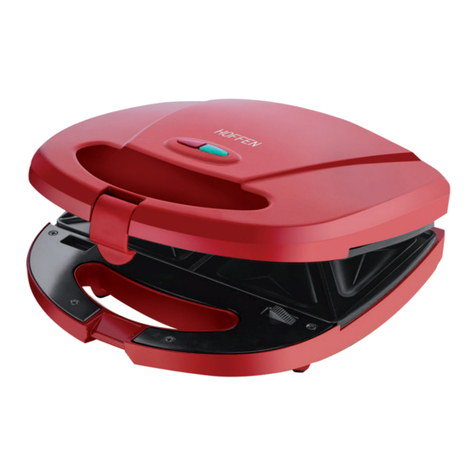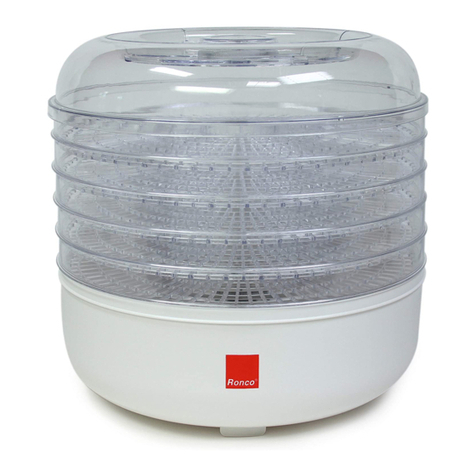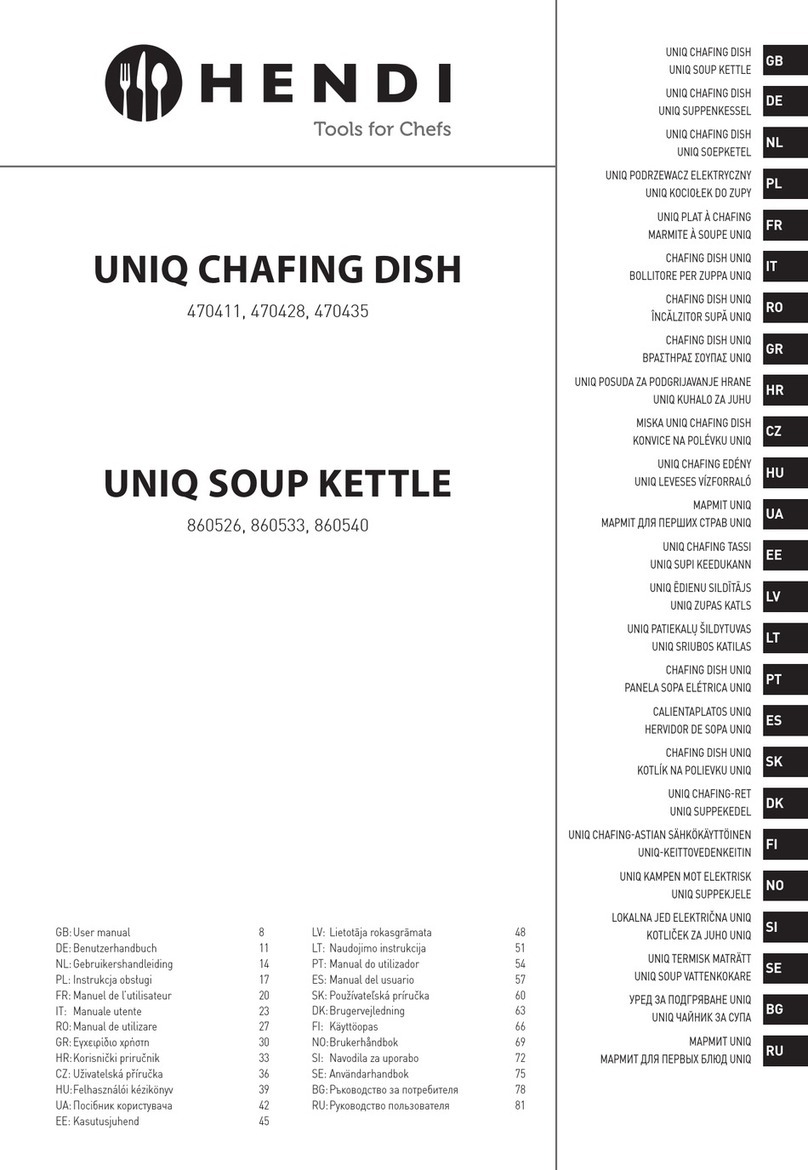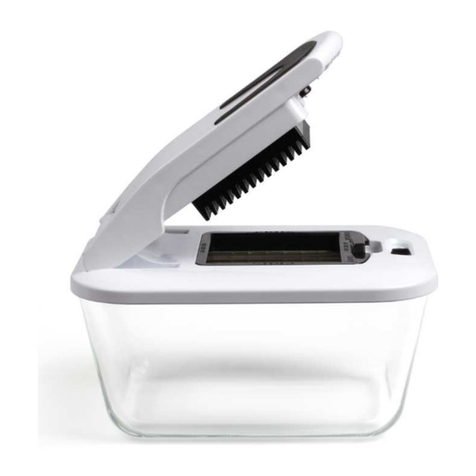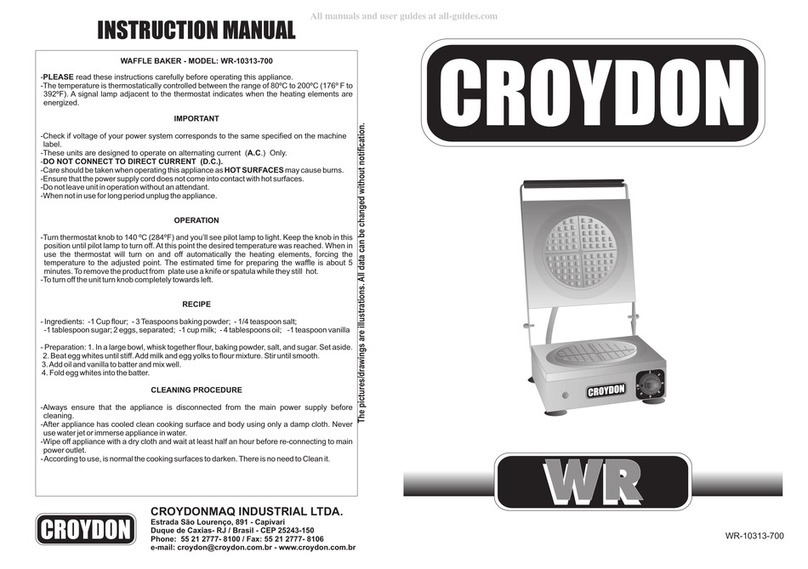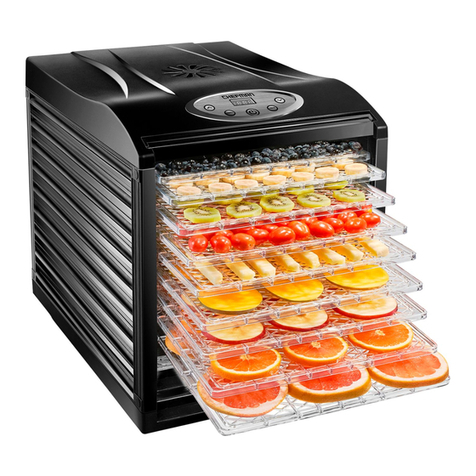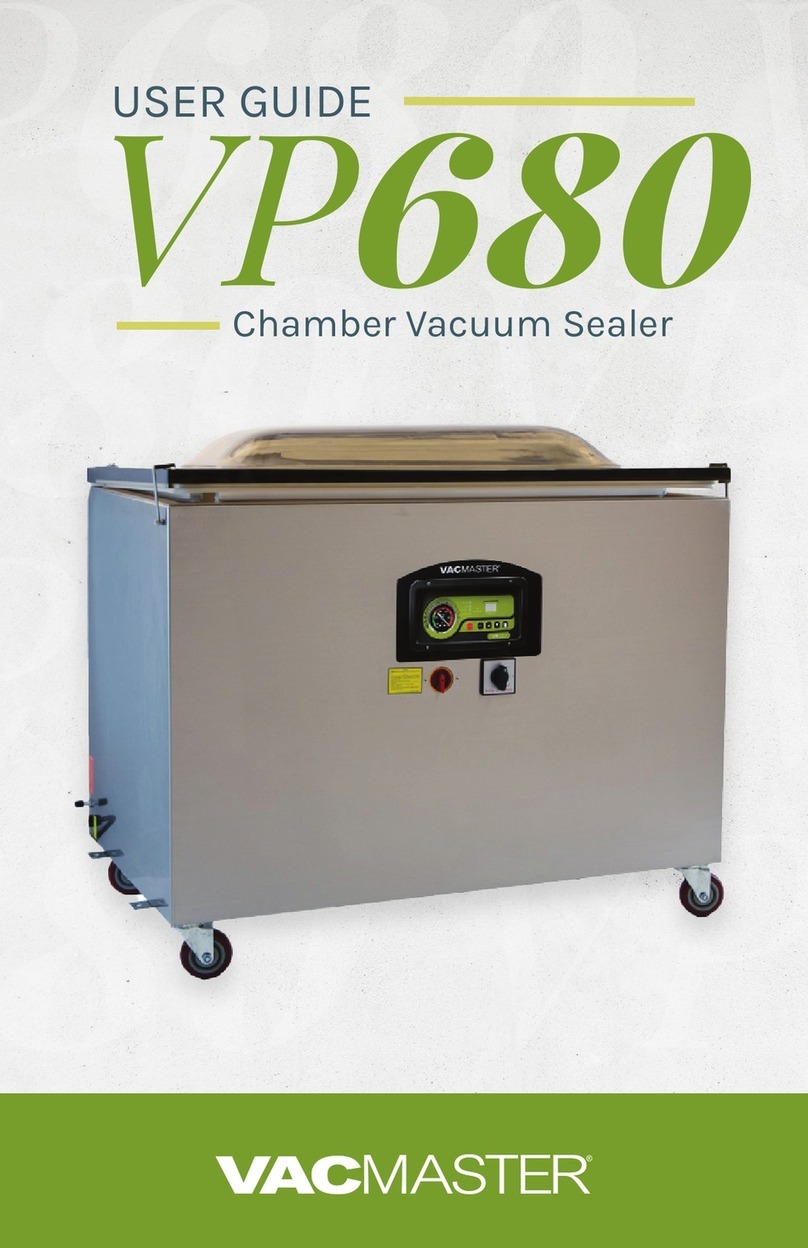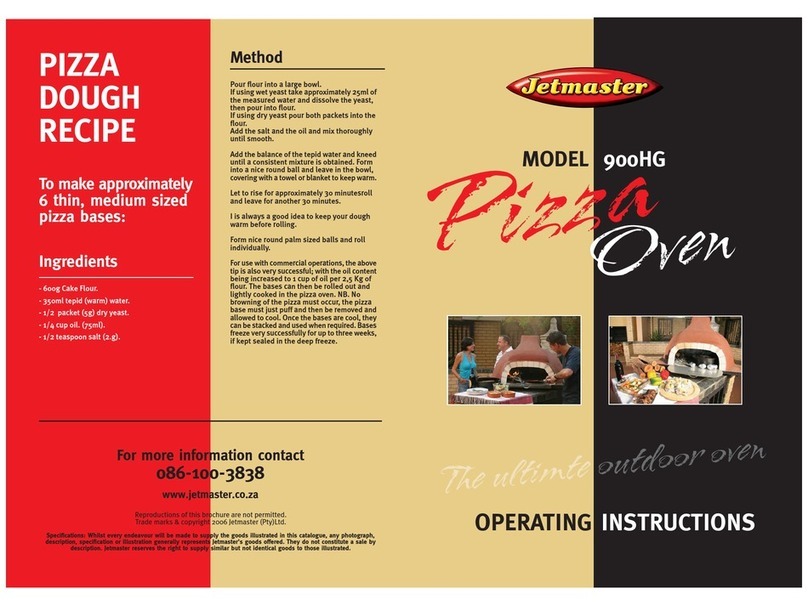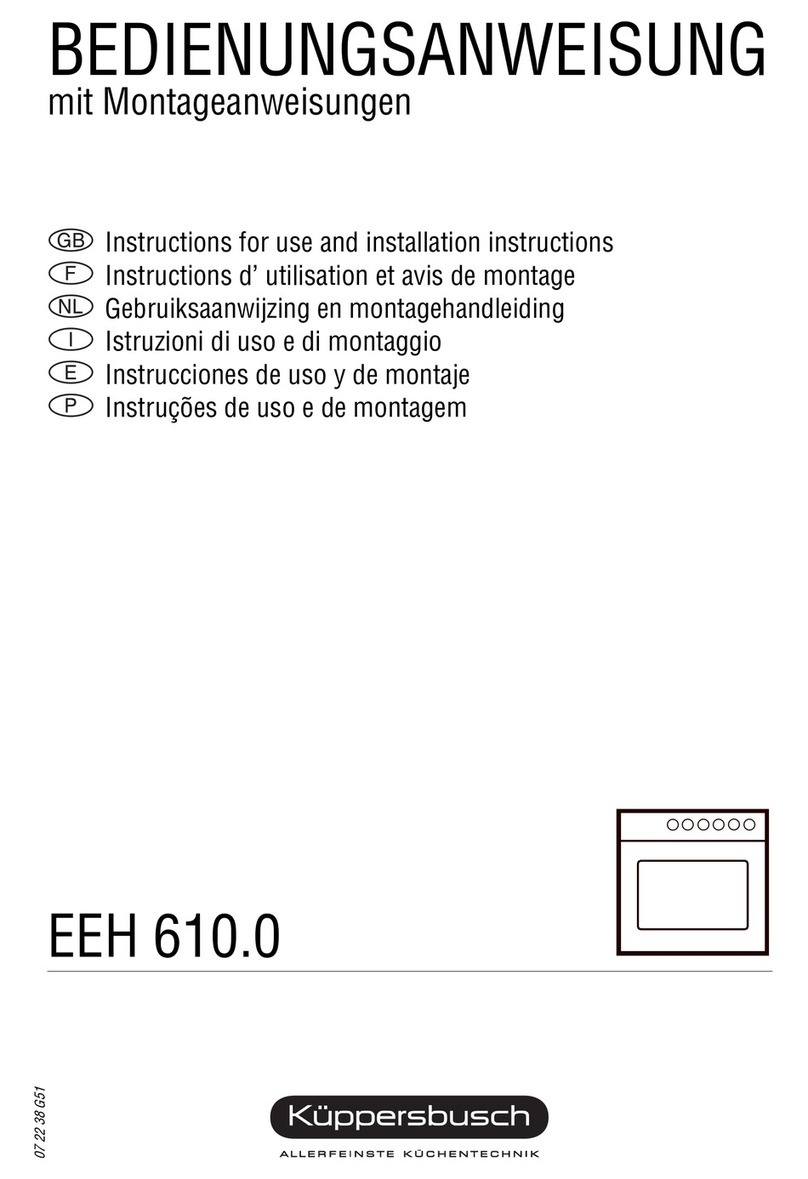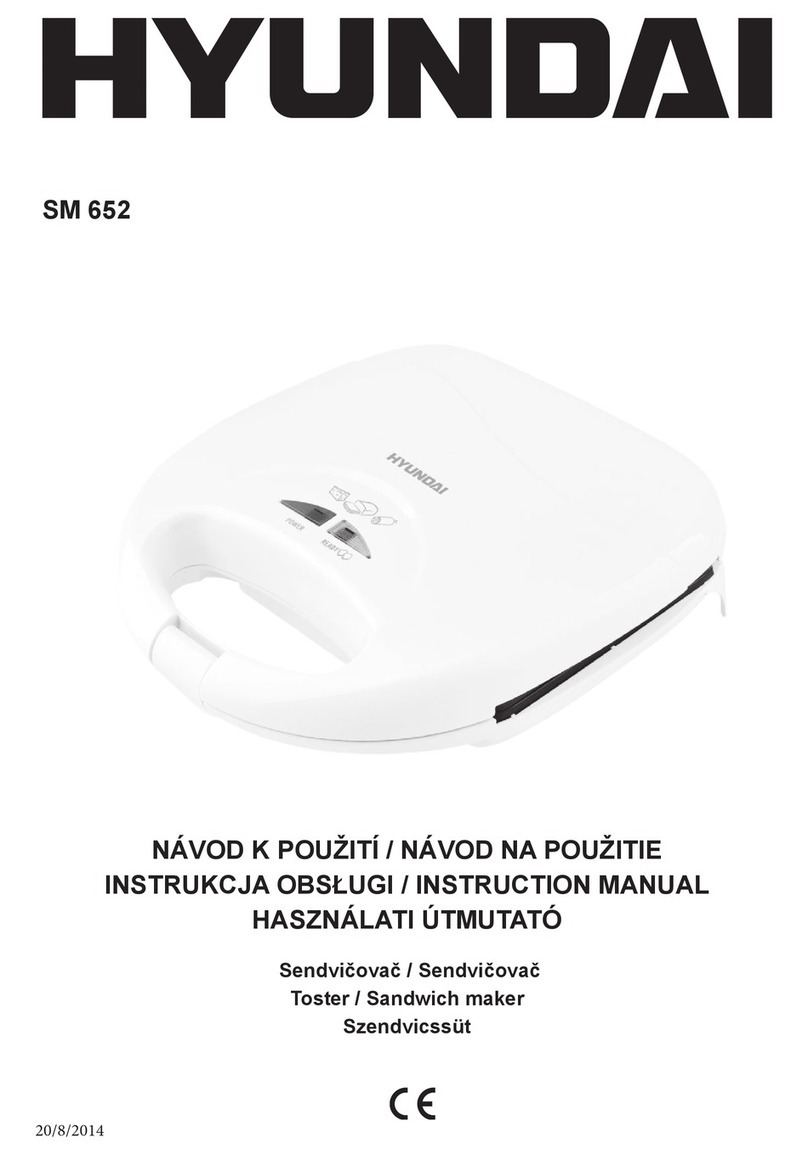EN
5
• Vacuum packaging of products cannot replace freezing. Products that require freezing with-
out vacuum packaging should also be frozen after vacuumizing.
• Products with a high-fat content deteriorate faster if exposed to oxygen and heat. Vacuum
packages help to limit oxygen access, however, it is necessary to observe the temperature re-
gime when storing products.
• Only fresh food products should be vacuumized. Do not vacuumize expired products.
• Food products that do not require freezing shall be cooled to a temperature of +3° C before
vacuumizing. This is necessary to preserve the organoleptic properties of the products (color,
taste, smell, etc.) and prevent bacterial contamination. It is also necessary to prevent break-
downs of the machine, since uncooled products lose a large volume of moisture in the form of
water vapor during vacuumizing, which is pumped out together with the air and enters the air-
exhausting unit.
• Avoid overfilling the vacuum package as this will lead to the deterioration of the quality of
vacuumizing and sealing. It is normal to fill up to two-thirds of the vacuum package or canister,
with products evenly spaced within it.
• Soft foods can deform when vacuumizing with packages, so such products (fish, wild straw-
berries, strawberries, sandwiches, some types of meat, etc.) should be pre-frozen and placed
in the freezer after vacuumizing.
• Vacuum packaging of foods such as potatoes, bananas and apples does not extend their shelf
life if their peel has not been removed before packaging. After vacuumizing such items, it is also
necessary to observe the temperature regime for storing them.
• Such foods as cauliflower, white cabbage and broccoli emit gases in a vacuum environment.
Therefore, they should be blanched and frozen before vacuum packaging.
• Before vacuumizing fresh vegetables and fruits, it is necessary to first blanch them in boiling
water for a short time (or scald them in a microwave oven) without allowing them to become
soft or lose elasticity. Wait for them to cool down before vacuumizing.
• Vacuumization of liquid foods (for example, soups, stews or casseroles) and wet items is not
allowed. Liquid foods should be pre-frozen in a casserole dish or bowl, then vacuumized and
placed in a freezer; wet products must be wiped or dried before vacuumization. Liquid ingress
into the air-exhausting unit will cause this device to break down.
• For long-term storage of meat, it must be pre-cooled in a refrigerator for at least two hours
to slow down the spread of microorganisms inside it. Meat products must be drained before
vacuum packaging. This operation makes it possible to remove a significant part of the air con-
tained in the meat products. Meat products with bones (chops, pieces of meat with a bone,
etc.) are pre-wrapped in aluminum foil to avoid tearing the package.
• Sauces are packaged in the following order: after cooking, they are poured into glass jars and
sterilized in a microwave oven for several minutes at maximum power. A canister with some
sauce is placed in ice water to cool, then it is poured into a special vacuum canister, and vacuum
packaging is performed.
• For packaging of frozen products, leave at least 5 cm of free height in the package to com-
pensate for the expansion of the products when frozen.
• When re-vacuumizing products and dishes, follow the recommendations for their storage in
cold conditions so that re-vacuumization remains safe in terms of product spoilage.
